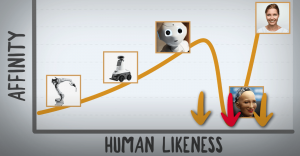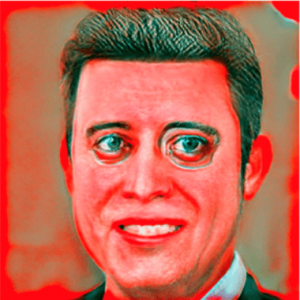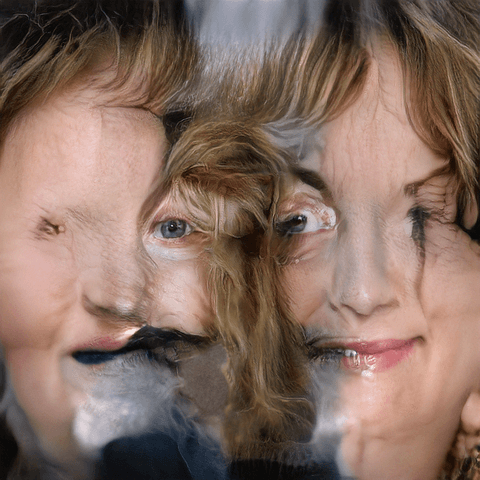The article, Amplifying The Uncanny, by Broad, Leymarie and Grierson offered an insightful knowledge of how machine learning algorithms can be optimised and used to produce uncanny results.
Machine Learning & Generative Adversarial Network
Machine learning is a system where pattern data are used to predict future data or other outcomes of interest. It is understood as an automated process of optimisation, where an algorithm processes data and finds a set of parameters that best ‘solve’ a pre-defined objective function. DeepFake, a software that produces images that can trick the human eye into believing that they are real; it utilises machine learning, in particular, the Generative Adversarial Networks (GAN) framework to produce a sample of realistic images.
Next Great Movement in Art or Zombie Art?
Generative Adversarial Networks have then been widely used in the production of art and is seen as the next great movement in art. However, it has also received several critiques. Firstly, the production of new artworks by the dataset of existing artworks is seen as dull and obvious as Hassine and Ziv called it the “Zombie art”. Another criticism is that generative artwork relies too heavily on deep neural networks to produce mesmerising samples, without any meaningful framing of the works being presented by the artist.
Argument
Perhaps, the reason why Hassine and Ziv label generative art as “zombie art” is the problem of how it is very difficult to value generativity. One can’t see at a glance whether it took time or skill to create, similar to photography, one may think is just a press of a button to produce art as compared to paintings or sculptures which are seen to require more work. Nonetheless, from the experience in making my first sketch, generative art is definitely not just a press of a button and it does require creativity in the process.
Next, even though machines are heavily relied upon to automate some aspect of the generativity, it does not mean that it is not significant or meaningful as compared to other fields of art. Rather, I argue that it is actually a new form of creative outlet that artist could utilise in producing art pieces.
“Being Foiled” & the Uncanny experience.
Expanding on GAN, one of the explored artworks in this paper was “Being foiled”, which reverses the outcome of DeepFake algorithms. Instead of producing images that look imperceptibly realistic, “Being foiled” invert this objective, by optimising the system to generate what it sees as being fake and turning the image into complete abstraction. As a result, it amplifies the uncanny nature of these machine hallucinations.

The ‘Uncanny‘ is referred to as a psychological or aesthetic experience that can be characterised as observing something familiar that is encountered in an unsettling way. The uncanny effect is usually seen in objects that have a likeness of human qualities, whereby it is close to human-like but not human; as a result, it becomes creepy. For instance, a robot that looks very similar to a human, which invokes familiarity yet an uncomfortable feeling.

The author illustrated his point of uncanniness by picking an iteration of the model whereby the uncanniness is potentially most amplified. Indeed, just by viewing the sample, it does provoke a feeling of uncanniness. It is familiar, yet it gives a sense of unease. Relating this to generative art criticism as dull or monotonous repetitions, “Being foiled” actually shows us how generativity can invoke human perceptions and feelings. In this context, it provokes a sense of uncanniness to the audience.
Hence, the question is, how can we incorporate intangible emotions into our sketch that can be understood visually and consequently make generative art less banal?

Samuel, good reflection, with several nice observations.
Particularly, it is valuable that you use your own knowledge and experience with generative methodologies to evaluate the arguments such as “GA = Zombie Art”.